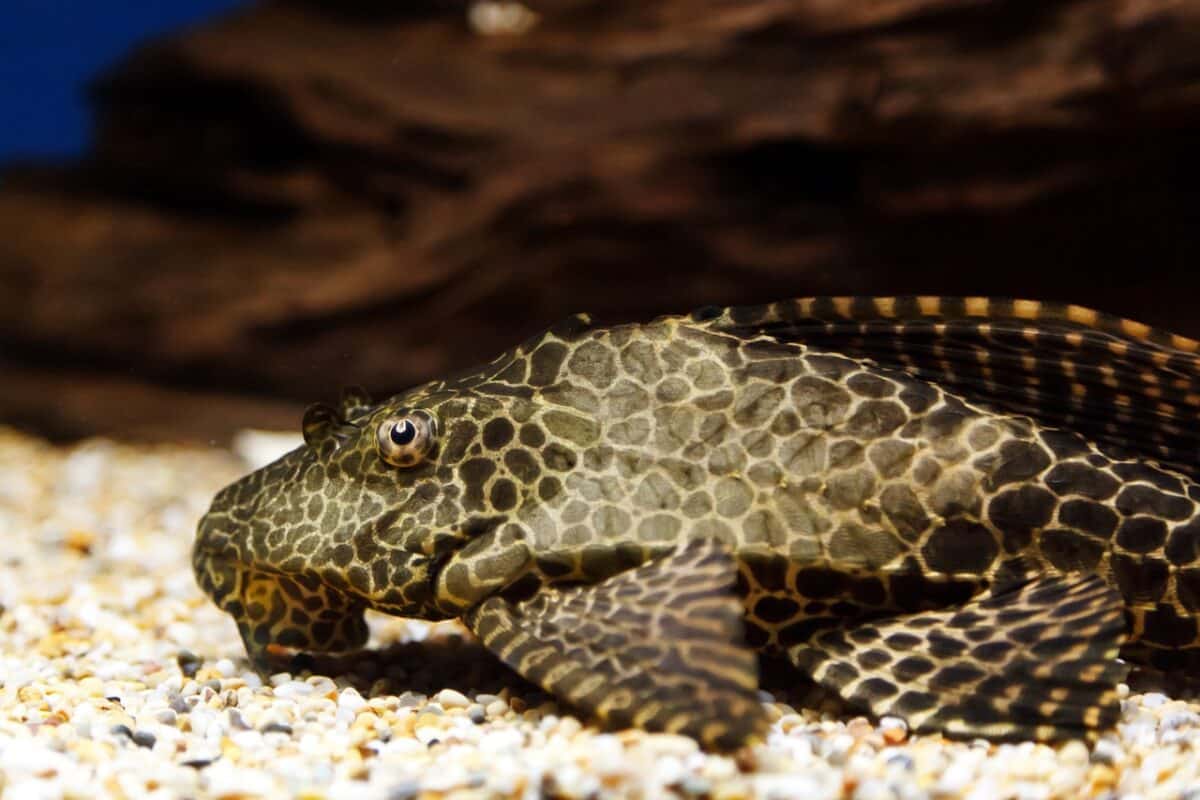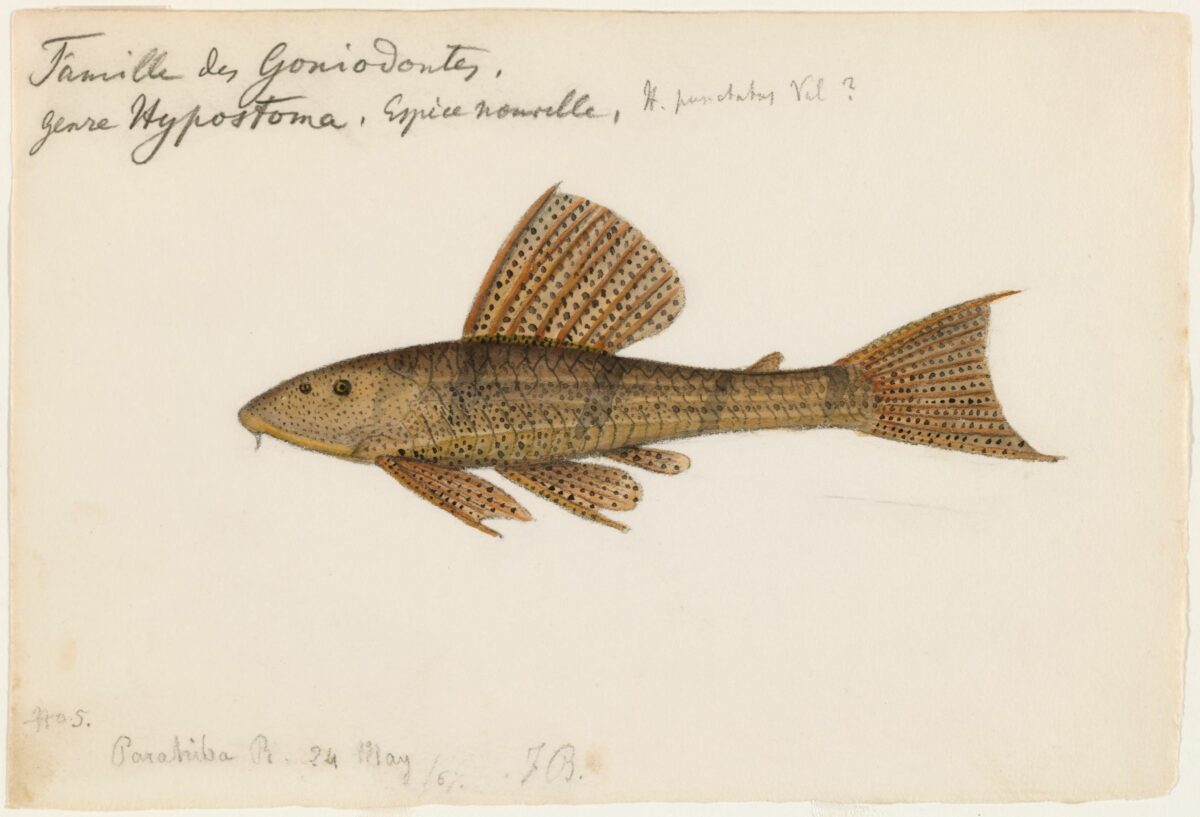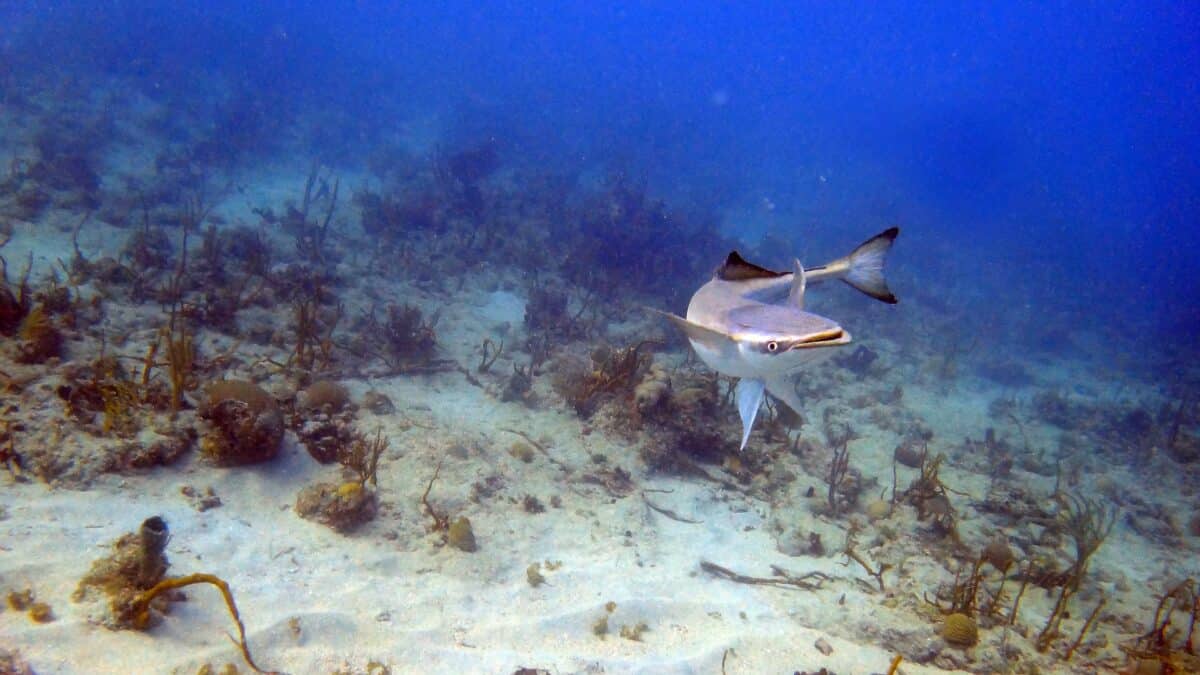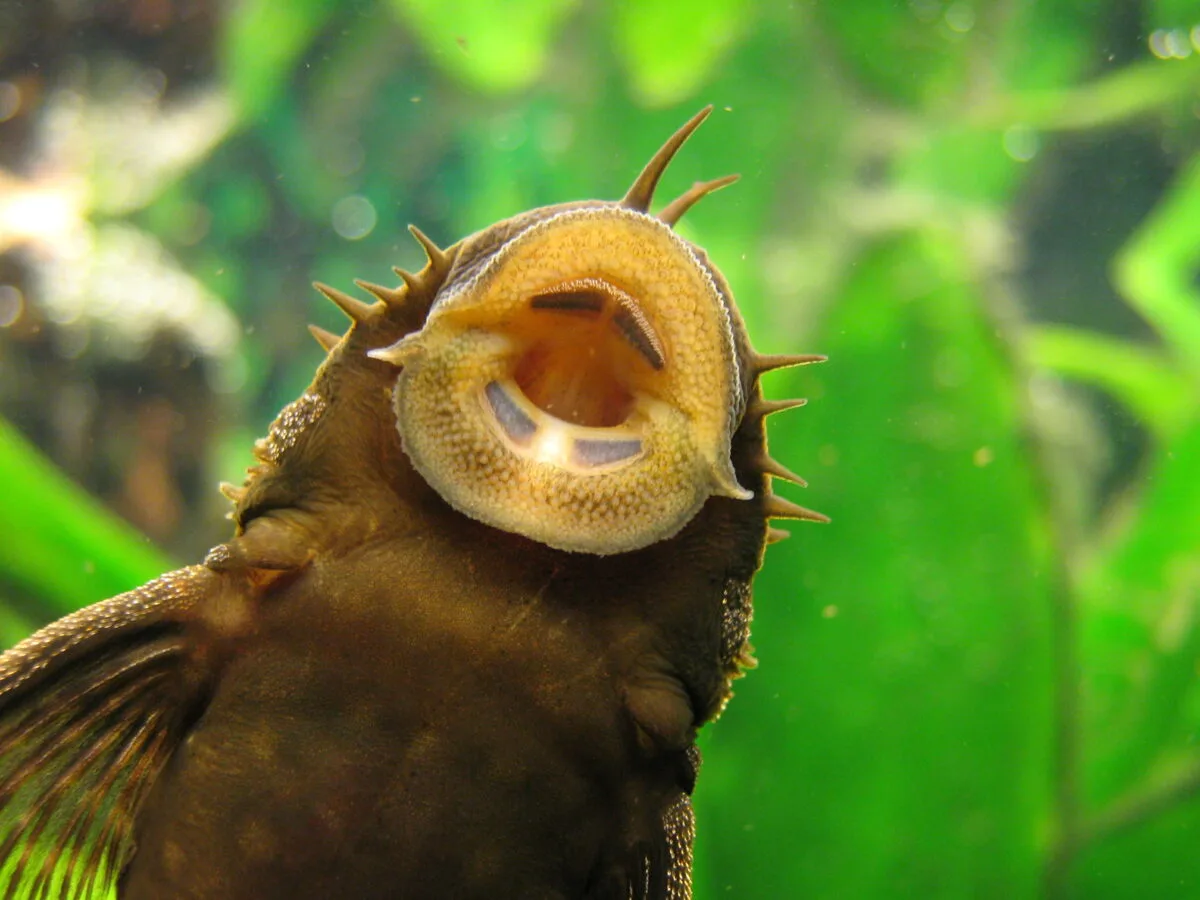Sucker fish, scientifically known as Myxocyprinus asiaticus, is an unusual cyprinid species found in East Asia’s lakes, ponds, and streams. It is distantly related to common carp and barbels like grass carp.

This fish has several unique physical features; its sucker-like mouth enables it to cling to rocks or other substrate surfaces within its habitat. This adhesive ability gives this fish a considerable advantage when looking for food or avoiding predators.
But there’s more than meets the eye with these incredible creatures – continue reading to discover the sucker fish’s many incredible traits.
What Is a Sucker Fish?
Suckerfish, or Myxocyprinus asiaticus, are an unusual species of cyprinid that have adapted to inhabit lakes, ponds, and streams throughout East Asia. As previously mentioned, they are related to common carp and barbels, but possess distinct physical features that allow you to easily differentiate them from their cousins.
These creatures have sucker-like mouths equipped with adhesive abilities, which allows them to cling onto rocks or other substrate surfaces in their habitat. Sometimes they’ll even latch onto larger animals, such as sharks. Their suction ability gives them a great advantage when searching for food or evading predators. Likewise, it allows them to stay in place when there are strong currents.
Where Do They Live?
Suckerfish can be found primarily in East Asia’s lakes, ponds, and streams. They prefer habitats with slow-moving or still water where they can better utilize their adhesive capabilities. Despite this preference for slower waters, these fish can survive in faster-moving rivers and streams if food sources are plentiful enough. It makes their range quite extensive across their native region.
Unique Physical Features
The most noticeable feature of the Sucker Fish is the sucker-like mouth located at the end of its body. This organ comprises several rows of small teeth, enabling it to stick to various surfaces within its habitat.
The adhesive force produced by this organ is powerful enough for the fish to cling for extended periods. This allows it access to food sources and helps it evade dangerous predators lurking nearby.
Aside from this unique adaptation, this species also has two long barbels found near its nostrils which aid in sensing food sources and other objects within its environment. In addition, Sucker Fish possess thick armor-like scales made up of several layers. They provide excellent protection against potential threats such as birds or larger aquatic animals.
What Do Sucker Fish Eat?

Sucker fish are omnivorous and feed mostly on small aquatic invertebrates such as insects, snails, worms, crustaceans, and small fish. They also feed on algae by scraping or suctioning it off rocks or other substrate surfaces.
Occasionally, they might also feast on various plant materials when available. All in all, they are opportunistic scavengers and will even eat dead fish or carrion if necessary.
How Do They Catch Prey?
Suckerfish employ various hunting techniques to capture prey items. These include suction feeding, ambushing, and bottom-feeding. Suction feeding is their primary hunting method. This method entails the Suckerfish opening its mouth wide to create a low-pressure area. The pressure creates a suction that draws in nearby prey such as insects, worms, or small crustaceans.
Furthermore, they use ambush tactics to surprise prey by rapidly expanding their pectoral fins and thrusting forward at high speed when they spot potential prey items nearby.
Lastly, sucker fish also bottom-feed using their unique sucker mouths to adhere to the substrate surface while searching for food such as algae or residue, which can be found at the bottom of waterways.
Breeding Habits and Seasons

Suckerfish breed during the warmer months, typically from early May to late October. They are known for their distinct mating rituals. The ritual involves circling each other and then rising to the surface in unison to release their eggs.
During this time of year, they can often be found in large groups near shorelines or shallow areas of the lake or stream where they live. Spawning usually takes place near dusk. It is thought that the light serves as an attractant for mates to find each other.
Life Cycle and Spawning Behavior

After fertilization, sucker fish begin their life cycle as eggs, which typically take several days to hatch into larvae. Environmental factors, including water temperature and other conditions, may influence the hatching process. The larvae typically feed on zooplankton until they reach maturity, which usually takes around a year or two, depending on the species’ growth rate.
As adults, Suckerfish move into deeper waters. Here, they school together and feed on algae, crustaceans, and aquatic insects, among other small creatures that inhabit their habitats.
When it is time to spawn again, mature adults will swim toward shallow waters to release their eggs, which male species within the group have already fertilized before arriving at spawning grounds. This process begins again when eggs hatch into larvae, eventually growing into adults completing the cycle anew!
Natural Enemies of Sucker Fish
The natural enemies of the Suckerfish are diverse and include predatory fish, birds, turtles, and other aquatic creatures. Among the most common predators for this species are large fish, such as northern pike and brown trout.
On land, herons can be a problem for sucker fish due to their ability to reach into shallow water to snatch them up. Regarding aquatic mammals, the most significant threat is from otters who specialize in catching unsuspecting bottom-dwelling species like the Suckerfish.
Adaptive Tactics To Avoid Predators
To avoid becoming prey, the Suckerfish have evolved using several adaptive tactics to survive in hostile environments. As mentioned above, they possess an adhesive disc-like mouth that allows them to cling to rocks and substrate surfaces.
This helps them hide away from predators and search for food more easily without being noticed by predators who lurk in the waters below, looking for an easy meal. Additionally, these resilient fish possess an acute sense of hearing which can alert them of any potential dangers nearby, allowing them time to make a quick escape should they need to do so.
In addition, their flat body shape and drab coloration provide excellent camouflage amongst rocks and other surface features, which further helps keep them safe from prying eyes!
Conservation Status
The Suckerfish is in danger due to a range of different factors, most to do with human activity. As a result, they have decreased in number over time. Consequently, the International Union for Conservation of Nature (IUCN) has listed it as ‘Near Threatened.’
For example, overexploitation for food and traditional medicine, habitat destruction and degradation from land reclamation projects, and water pollution from agricultural runoff are all major contributors to their dwindling numbers.
Threats to Their Survival
As mentioned before, excessive fishing and harvesting of Suckerfish are one of the primary threats they face. Moreover, their easily-harvested eggs make them an attractive target for fishermen. Additionally, their unique adhesive abilities often catch them in nets intended for other species.
Other threats include habitat destruction from urbanization or land reclamation projects, water pollution from agricultural runoff, and climate change-induced droughts or increased temperatures.
Conservation Programs and Efforts
Fortunately, many countries throughout East Asia have implemented conservation efforts to protect this species from becoming extinct. In China, where the largest population of Suckerfish lives, numerous national parks have been established along rivers to provide protected areas for these aquatic creatures.
Furthermore, local governments have enacted laws prohibiting the fishing or harvesting of Suckerfish within certain regions or at certain times of the year.
Finally, educational campaigns have been launched to inform locals about the importance of protecting this species to recover its population numbers over time.
Conclusion
Suckerfish is an incredible cyprinid species, boasting unique physical features and impressive adhesive ability. They can be found in East Asia’s lakes, ponds, and streams and are distantly related to common carp and barbels.
Their sucker-like mouths allow them to cling onto rocks or other surfaces in their habitats, aiding them when looking for food or avoiding predators. With their adaptive anatomy and remarkable physical capabilities, these amazing animals are worth learning more about!
Thank you for reading this article! Another incredible fish with amazing abilities is the Skate Fish.
Join our Forum for free today!



